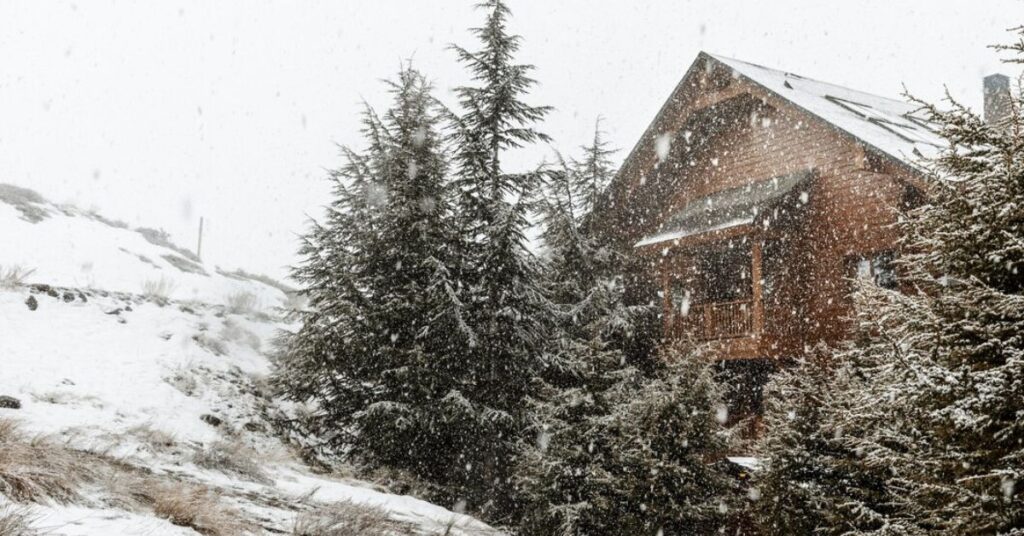The National Weather Service (NWS) has issued a winter storm warning for the Oregon Cascades, forecasting significant snowfall and challenging travel conditions. Residents and travelers in the region should take necessary precautions to ensure safety during this weather event.
Anticipated Snowfall and Affected Areas
The winter storm warning is in effect from 4 a.m. Friday through 4 p.m. Saturday. Heavy snow is expected above 3,000 feet, with total accumulations ranging from 7 to 15 inches, and higher amounts possible at peaks and ridges. Winds could gust up to 40 mph on Sunday, further complicating travel.
Key areas affected include the northern and central Oregon Cascades, as well as the south Washington Cascades. Elevations above 5,000 feet could see up to 15 inches of snow, impacting major mountain passes and recreational areas.
Travel Implications and Safety Measures
Travel through Cascade passes is expected to be difficult, with roads becoming slick and hazardous due to accumulating snow. The NWS advises drivers to consider postponing travel in higher elevations until conditions improve. If travel is necessary, motorists should slow down, allow extra time, and ensure their vehicles are equipped with appropriate winter gear, including tire chains, booster cables, flashlights, shovels, blankets, and extra clothing.
In addition to snow, wind gusts up to 40 mph may lead to blowing snow and reduced visibility, increasing the risk of accidents. Travelers are urged to stay informed about current road conditions and weather forecasts before embarking on their journeys.
Impact on Recreational Activities
The heavy snowfall presents both opportunities and challenges for outdoor enthusiasts. Ski resorts and snow parks in the Oregon Cascades are likely to receive fresh powder, enhancing skiing and snowboarding experiences. However, the severe weather also increases the risk of avalanches and other hazards.
Recreationalists should check with local authorities and resort operators for the latest information on trail and slope conditions. It’s essential to have appropriate gear, inform someone about your plans, and be aware of the signs of hypothermia and frostbite.
Preparation Tips for Residents
Residents in the affected areas should take the following steps to prepare for the storm:
- Stock Up on Essentials: Ensure you have sufficient food, water, medications, and other necessities to last several days in case travel becomes impossible.
- Prepare for Power Outages: Heavy snow and high winds can lead to power outages. Have flashlights, batteries, and alternative heating sources ready, but ensure they are used safely to prevent fires or carbon monoxide poisoning.
- Stay Informed: Monitor local news outlets and official weather services for updates on the storm’s progression and any emergency instructions.
- Check on Neighbors: Assist those who may need help, such as the elderly or individuals with disabilities, in preparing for the storm.
Conclusion
The impending Winter Storm Warning Issued for Oregon Cascades necessitates caution and preparation from both residents and travelers. By staying informed and taking proactive measures, individuals can navigate the challenges posed by the severe weather safely.
FAQs
What areas are under the winter storm warning?
The warning covers the northern and central Oregon Cascades, as well as the south Washington Cascades, affecting elevations above 3,000 feet.
How much snow is expected?
Total snow accumulations are projected to range from 7 to 15 inches, with higher amounts possible at peaks and ridges.
What precautions should travelers take?
Travelers should consider postponing trips through mountain passes until conditions improve. If travel is necessary, ensure your vehicle is equipped with winter gear, drive slowly, and allow extra time.
How will this storm affect outdoor recreational activities?
While fresh snowfall may enhance skiing and snowboarding, the severe weather increases risks such as avalanches. Always check current conditions and advisories before engaging in outdoor activities.
Where can I find updated information on the storm?
Stay tuned to local news outlets, the National Weather Service, and official state transportation websites for real-time updates and advisories.







